Creating the perfect habitat for your reptilian friend involves careful consideration of many factors, with substrate selection being one of the most crucial decisions you’ll make. The substrate—the material that lines the bottom of your reptile’s enclosure—does far more than just look appealing. It influences humidity levels, provides behavioral enrichment, affects cleanliness, and can significantly impact your pet’s overall health and wellbeing. Different reptile species have evolved in specific environments, from arid deserts to tropical rainforests, and their substrate needs vary accordingly. This comprehensive guide will explore the wide range of substrate options available, helping you understand which materials work best for different reptile species and how to maintain them properly.
Understanding the Purpose of Substrate
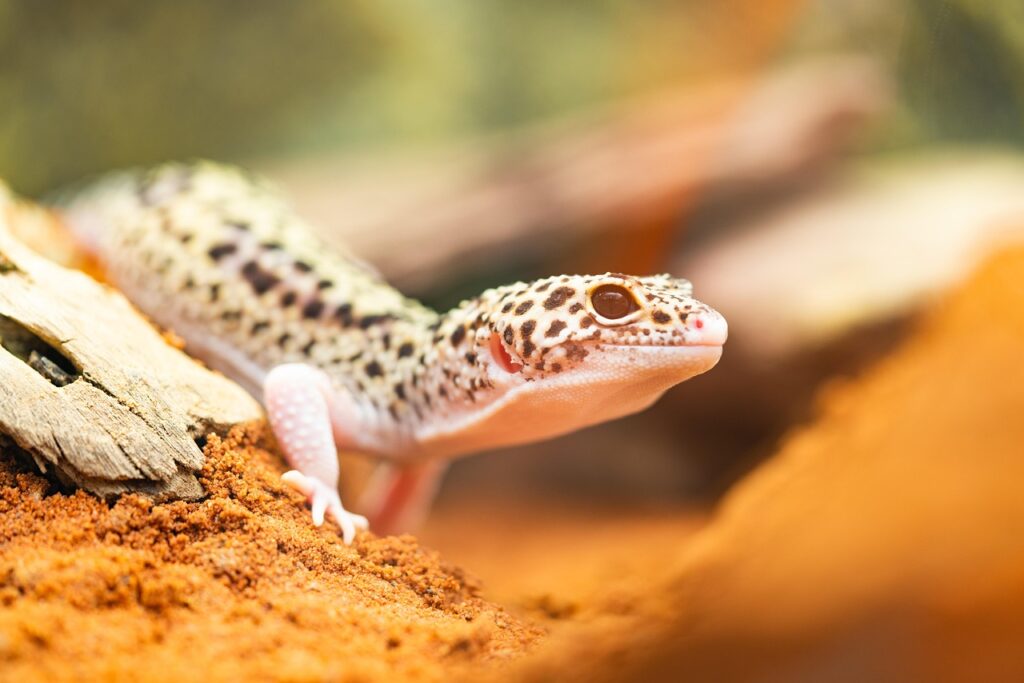
Substrate serves multiple essential functions in a reptile habitat beyond just covering the bottom of the tank. For burrowing species like certain geckos and snakes, it provides a medium to satisfy natural digging behaviors, which is crucial for their psychological wellbeing. Substrate also plays a vital role in maintaining appropriate humidity levels—moisture-retaining substrates help tropical species thrive, while drier substrates prevent health issues in desert dwellers. Additionally, substrate contributes to the cleanliness of the enclosure by absorbing waste and reducing odors when properly maintained. For many reptiles, substrate also offers thermal gradients, allowing them to regulate their body temperature by burrowing deeper for coolness or staying on the surface for warmth.
Factors to Consider When Choosing Substrate
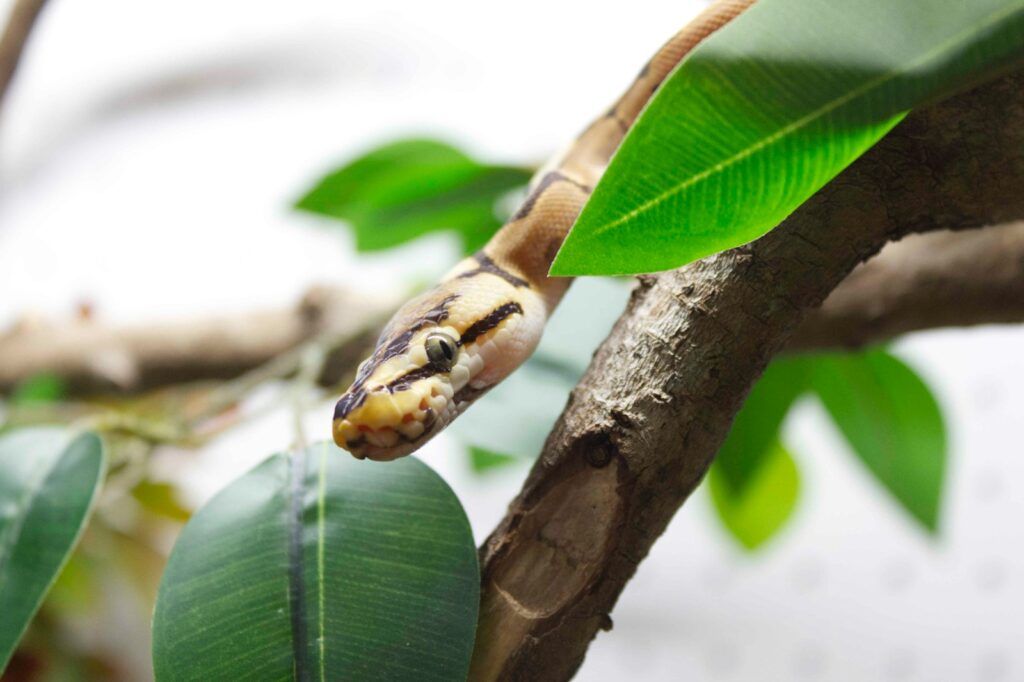
Several key considerations should guide your substrate selection process to ensure it meets your reptile’s specific needs. First and foremost, consider your reptile’s natural habitat—desert species typically require sand-based or dry substrates, while tropical species need materials that retain moisture. Safety is paramount; avoid substrates that could cause impaction if accidentally ingested, particularly for species that hunt or feed directly on the ground. Practicality matters too—consider how easy the substrate is to clean, how frequently it needs replacement, and whether it’s cost-effective for long-term use. Some reptiles have specific health concerns that influence substrate choice, such as those prone to skin infections requiring drier bedding. Finally, evaluate the substrate’s ability to maintain appropriate humidity levels for your particular species.
Reptile Sand: Pros and Cons

Reptile sand is commonly associated with desert-dwelling species and can create a naturalistic appearance in terrariums. When used appropriately, it allows for natural burrowing behaviors and helps maintain the low humidity levels that desert species require. However, sand comes with significant risks that keepers must consider. The primary concern is impaction—if ingested during feeding or through normal behaviors like licking, sand can cause potentially fatal digestive blockages. This risk is particularly high for insectivorous species that may accidentally consume sand while catching prey. Additionally, sand can harbor bacteria in a way that’s difficult to spot during routine cleaning. If you do choose sand, opt for calcium-based reptile sands rather than silica-based products, which pose greater impaction risks, and always use feeding dishes to minimize accidental ingestion.
Coconut Products: Eco-Friendly Options
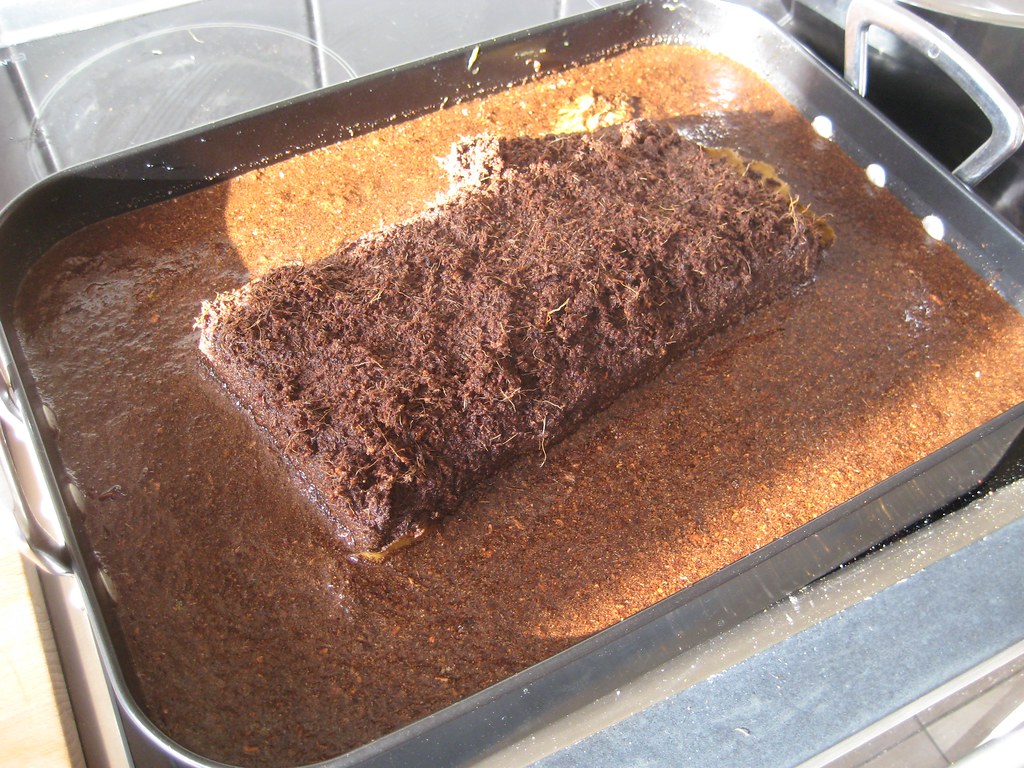
Coconut-based substrates have gained tremendous popularity in the reptile-keeping community due to their versatility and eco-friendly nature. Products like coconut coir (often sold as Eco Earth) and coconut husk chips provide excellent moisture retention, making them ideal for tropical species that require higher humidity levels. These substrates are naturally resistant to mold and bacterial growth compared to many alternatives, contributing to a healthier habitat. Coconut products are also digestible if accidentally consumed in small amounts, significantly reducing impaction risks compared to sand or wood chips. Their sustainability is another advantage—being made from the renewable byproducts of coconut processing rather than harvested trees. For species like crested geckos, day geckos, and many amphibians, coconut-based substrates create an ideal environment that mimics their natural forest floor habitat.
Paper-Based Substrates: Practical and Safe

Paper-based substrates offer practical solutions for reptile keepers prioritizing safety and ease of maintenance. Products like reptile carpet, paper towels, and newspaper provide completely digestible alternatives that eliminate impaction concerns, making them particularly suitable for juvenile reptiles or species prone to ingesting substrate. These options excel in terms of cleanliness—they can be easily removed and replaced during routine maintenance, allowing for thorough enclosure cleaning. For quarantine situations or during health monitoring periods, paper substrates make it straightforward to observe droppings and detect potential health issues. While they lack the naturalistic appearance and behavioral enrichment of some alternatives, they remain excellent choices for species like leopard geckos, young bearded dragons, and many snakes. Some reptile-specific paper products now come in various colors and textures to improve aesthetic appeal while maintaining their practical benefits.
Wood Products: Traditional Bedding Options

Wood-based substrates have long been staples in reptile keeping, with options like cypress mulch, orchid bark, and fir bark offering different benefits depending on species needs. Cypress mulch is particularly valued for its natural resistance to mold and mites, making it suitable for species requiring moderate humidity like ball pythons and corn snakes. These substrates provide excellent burrowing opportunities and can help create naturalistic environments that encourage natural behaviors. However, not all wood products are safe—cedar and pine shavings release aromatic oils that can cause respiratory issues and should never be used with reptiles. Additionally, small wood particles can cause impaction in some species, particularly those that feed from the ground. When using wood substrates, it’s essential to choose appropriate-sized pieces for your particular reptile and monitor for any signs of ingestion.
Bioactive Substrates: Creating Living Ecosystems

Bioactive setups represent the cutting edge of reptile husbandry, creating self-sustaining mini-ecosystems within the enclosure. These sophisticated systems combine various substrate layers with beneficial microorganisms, isopods, springtails, and live plants that work together to break down waste and maintain a balanced environment. When properly established, bioactive substrates can dramatically reduce maintenance requirements while providing an exceptionally naturalistic habitat. The layered approach typically includes a drainage layer of clay balls or similar material, a mesh barrier, a soil mixture customized to your species’ needs, and a leaf litter top layer. These systems excel at maintaining appropriate humidity levels naturally and provide unparalleled behavioral enrichment through diverse textures and foraging opportunities. While requiring more initial investment in time and materials, bioactive setups can be cost-effective long-term and are particularly beneficial for tropical species like day geckos, crested geckos, and many amphibians.
Clay and Soil Mixes: Naturalistic Solutions
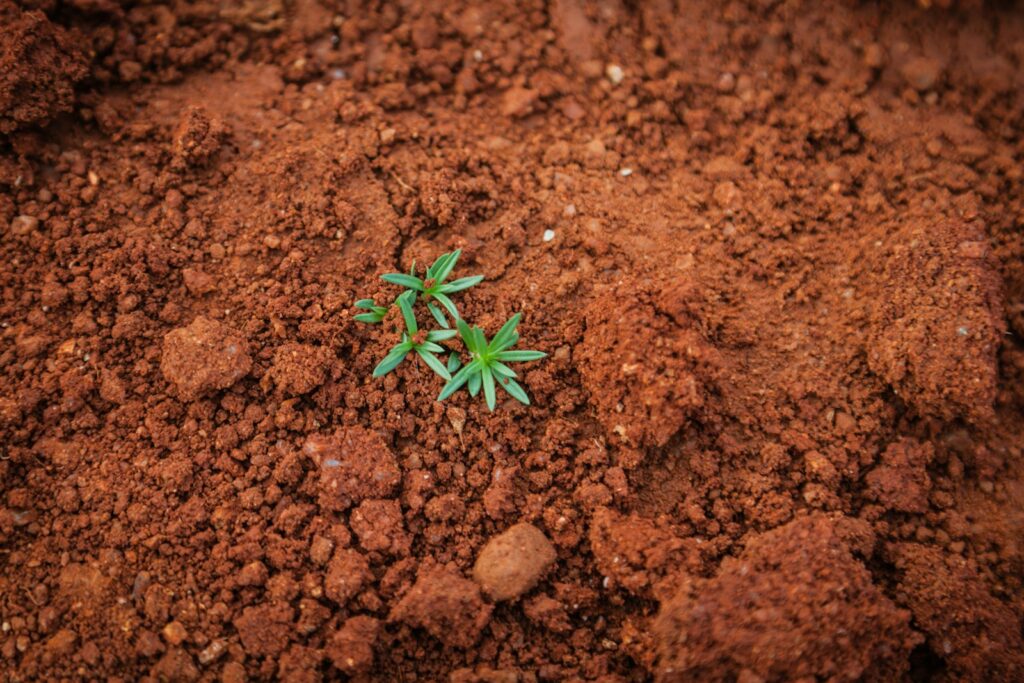
Clay and soil-based substrates offer excellent options for creating naturalistic habitats that support natural behaviors while managing humidity effectively. For arid habitat species, clay-heavy substrates allow for burrow construction that maintains structural integrity without collapsing, making them ideal for species like spiny-tailed lizards and desert iguanas that construct elaborate tunnel systems. Soil mixes, often combining topsoil with sand, peat moss, and clay, can be customized to match specific habitat requirements and provide excellent plant-growing media for bioactive setups. These substrates excel at mimicking the variable textures and moisture gradients found in natural environments, allowing reptiles to thermoregulate through burrowing behaviors. When selecting soil components, it’s crucial to use organic, fertilizer-free products to avoid introducing harmful chemicals into the enclosure. Properly mixed soil substrates can hold burrows and provide excellent humidity control while minimizing dust compared to pure sand substrates.
Species-Specific Recommendations

Different reptile species have evolved in specific habitats with unique substrate requirements that keepers should aim to replicate. For bearded dragons and leopard geckos, suitable options include reptile carpet, paper towels, or a sand-soil mix that minimizes impaction risks while allowing some natural behaviors. Tropical species like crested geckos and day geckos thrive with coconut-based substrates or bioactive setups that maintain higher humidity and support live plants. Snakes generally do well with cypress mulch, aspen shavings, or reptile carpet depending on their humidity needs—ball pythons benefit from moisture-retaining substrates like cypress, while corn snakes might prefer drier aspen bedding. Aquatic and semi-aquatic species like turtles require specialized setups, often with riverbed stones or reptile-safe aquatic substrate in water areas and different materials for basking zones. Always research the specific microhabitat of your species in the wild to make the most appropriate substrate choice.
Dangerous Substrates to Avoid
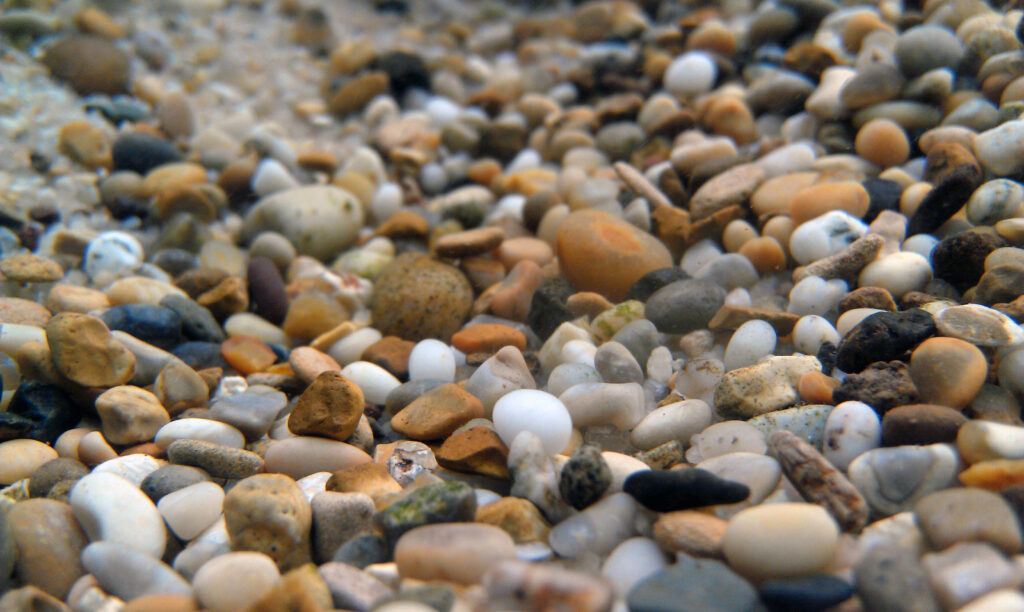
Several substrate materials should be categorically avoided due to significant health risks they pose to reptiles. Cedar and pine shavings release phenols and aromatic oils that can cause severe respiratory damage and liver toxicity in reptiles, making them absolutely unsuitable despite their availability as pet bedding. Calcium sand, despite marketing claims of safety if ingested, has been linked to numerous cases of impaction and should be avoided, particularly for species that actively hunt on their substrate. Walnut shell substrates present sharp edges that can cause intestinal damage if ingested and may harbor bacteria in a way that’s difficult to sanitize. Gravel and small pebbles pose serious impaction risks for many species and provide little behavioral or humidity benefit. Cat litter, including the clumping variety, contains chemicals and clumping agents that are toxic to reptiles if ingested and can cause respiratory issues from dust.
Proper Substrate Maintenance
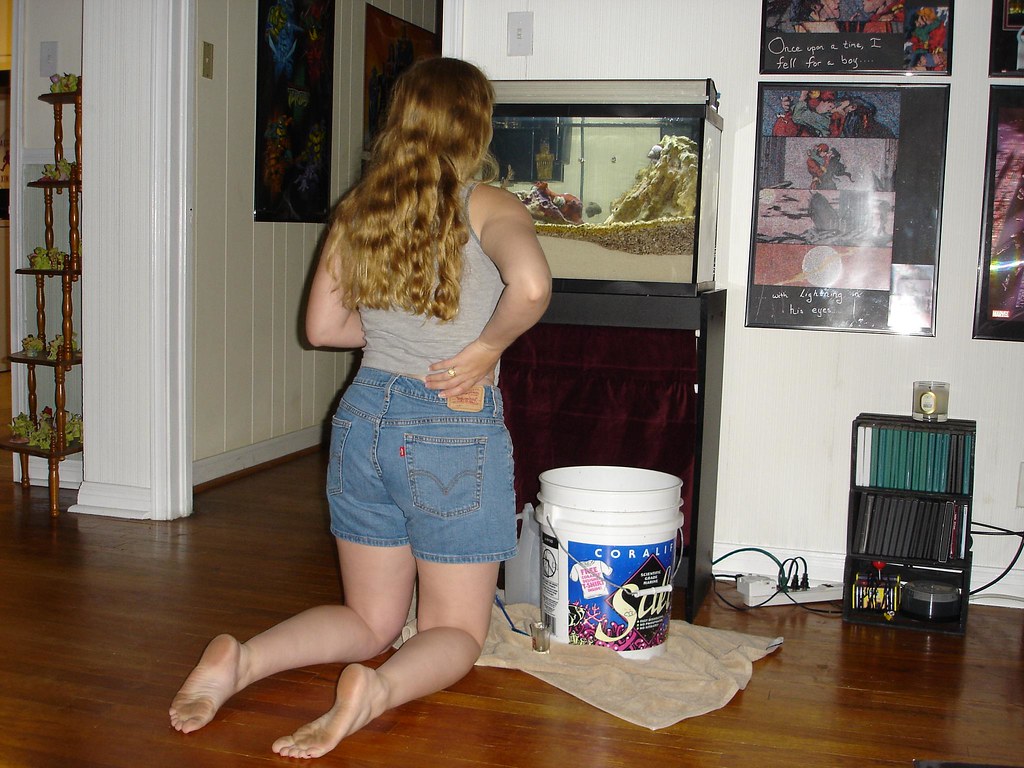
Maintaining your chosen substrate properly is just as important as selecting the right material in the first place. Establish a regular spot-cleaning routine, removing visible waste daily to prevent bacterial growth and odor. Different substrates require different complete-change schedules—paper products might need weekly replacement, while properly maintained bioactive setups might go months with only spot cleaning. Moisture management is crucial for many substrates; some require regular misting to maintain humidity, while others need careful monitoring to prevent excessive moisture that could lead to mold growth. For substrates prone to compaction, like coconut coir, occasional turning or loosening helps maintain proper aeration. If you notice any signs of mold, unusual smells, or insect infestations, immediately replace the substrate completely and sanitize the enclosure thoroughly.
DIY Substrate Mixtures
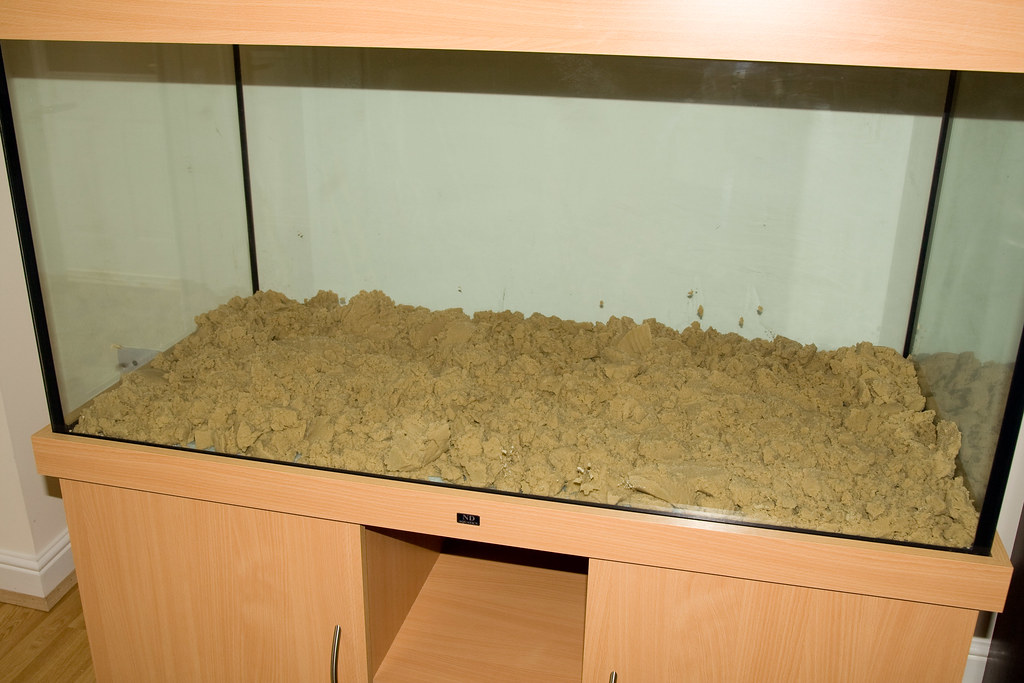
Creating custom substrate blends allows reptile keepers to tailor their enclosure environments precisely to their species’ needs while often saving money compared to pre-packaged options. A popular DIY mix for desert species combines play sand, organic topsoil, and excavator clay in equal parts, creating a substrate that holds burrows well while minimizing dust and impaction risks compared to pure sand. For tropical species, mixing coconut coir, orchid bark, activated charcoal, and sphagnum moss creates an excellent moisture-retaining substrate that resists mold growth. Many bioactive enthusiasts develop their own soil mixtures by combining organic topsoil, sand, coconut coir, and leaf litter in proportions suited to their specific reptile’s native environment. When creating DIY substrates, it’s essential to source safe ingredients—avoid treated topsoil containing fertilizers or pesticides, and ensure all components are thoroughly mixed for consistent texture. Always monitor your reptile closely after introducing a new DIY mixture to ensure they’re thriving in the environment.
Substrate Depth Guidelines
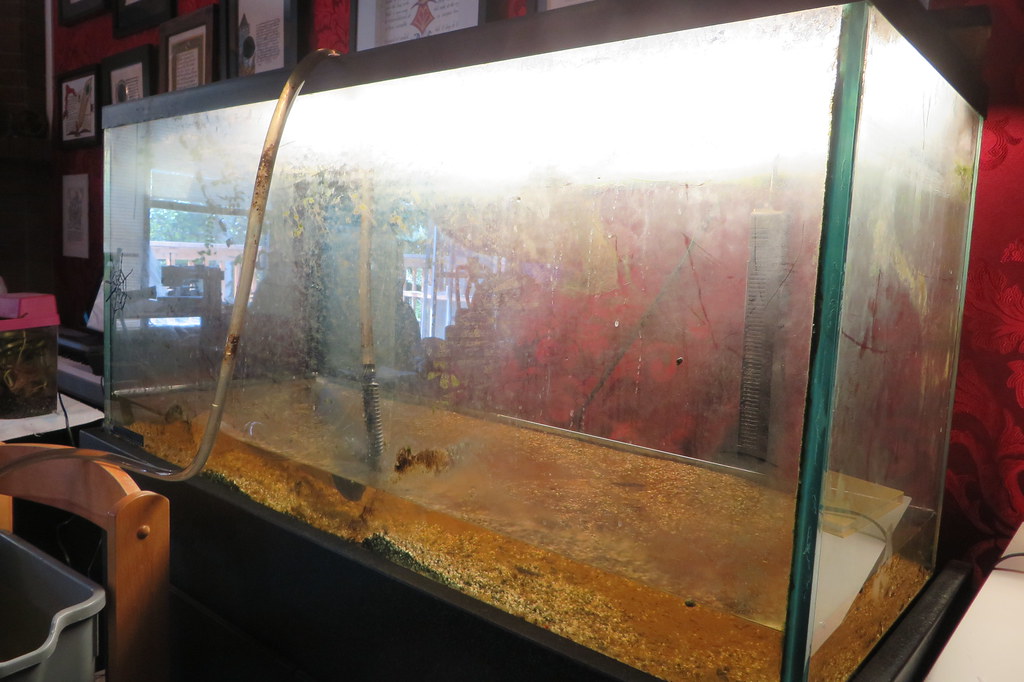
The appropriate substrate depth varies significantly depending on your reptile’s species, size, and natural behaviors. For non-burrowing species like crested geckos, a relatively shallow layer of 1-2 inches provides sufficient coverage while remaining manageable. Species with moderate burrowing behaviors, such as ball pythons, benefit from medium depths of 2-4 inches that allow some substrate manipulation and help maintain humidity. Dedicated burrowing species like sand boas or spiny-tailed lizards require substantially deeper substrates of 4-12 inches to accommodate their extensive tunneling activities, which are essential for their psychological wellbeing. For bioactive setups, multiple layers are necessary—typically 2-3 inches of drainage material, followed by a separation mesh, and then 3-5 inches of soil mix topped with leaf litter. When determining appropriate depth, consider your enclosure size; larger habitats generally support proportionally deeper substrates that allow for more natural behavior expression.
Conclusion: Making the Best Choice for Your Reptile
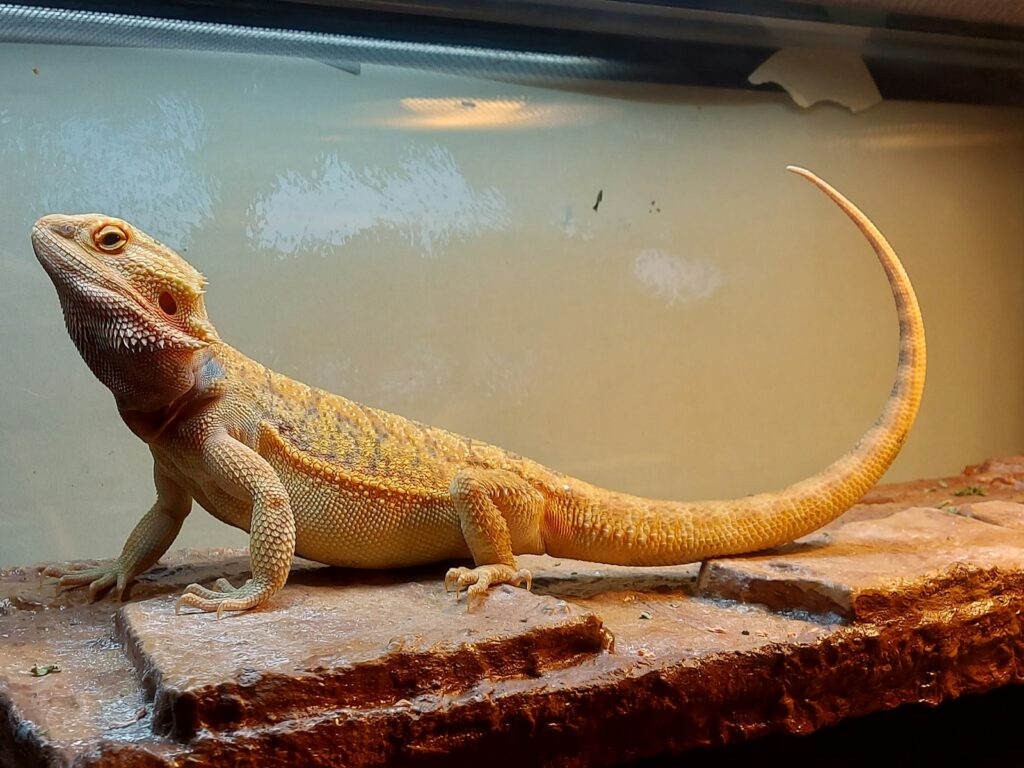
Selecting the optimal substrate for your reptile’s enclosure requires thoughtful consideration of their specific biological needs, natural behaviors, and your practical maintenance capabilities. While convenience matters, prioritizing your pet’s health and wellbeing should guide your final decision. The ideal substrate creates a balance—supporting natural behaviors like burrowing or climbing, maintaining appropriate humidity, preventing health issues, and remaining manageable for you as the caretaker. Don’t hesitate to experiment with different options or combinations until you find the perfect solution for your particular reptile. Remember that as your reptile grows or seasons change, substrate needs may evolve, requiring adjustments to depth or material. With careful selection and proper maintenance, the right substrate will contribute significantly to creating a thriving environment where your reptilian companion can live a healthy, enriched life.

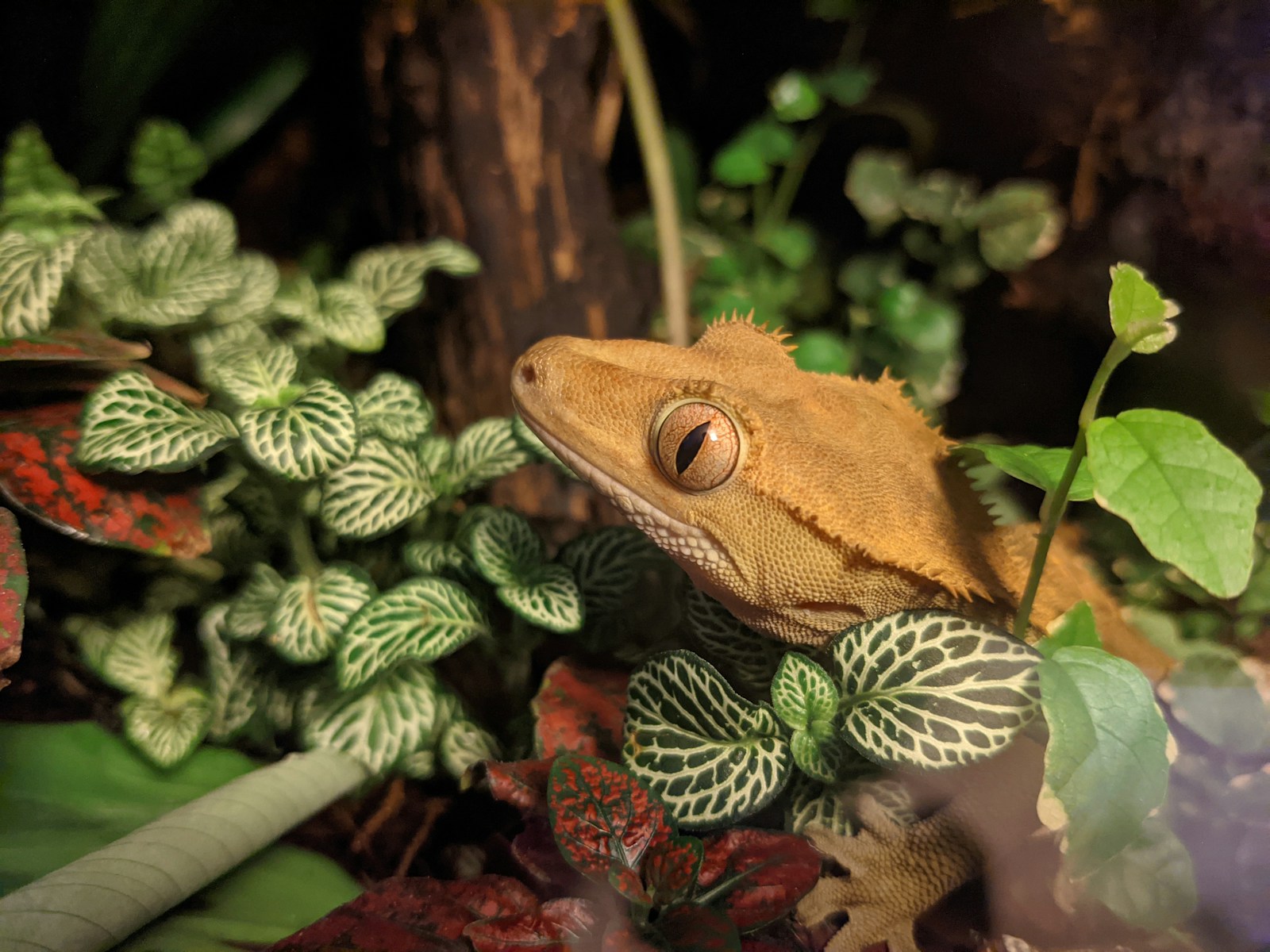
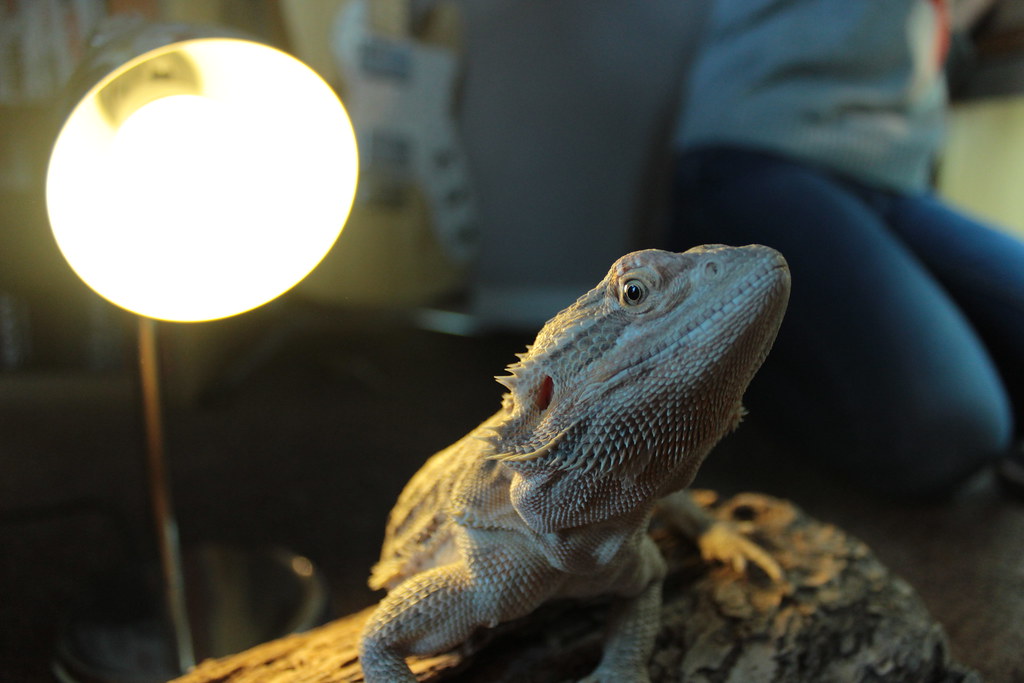



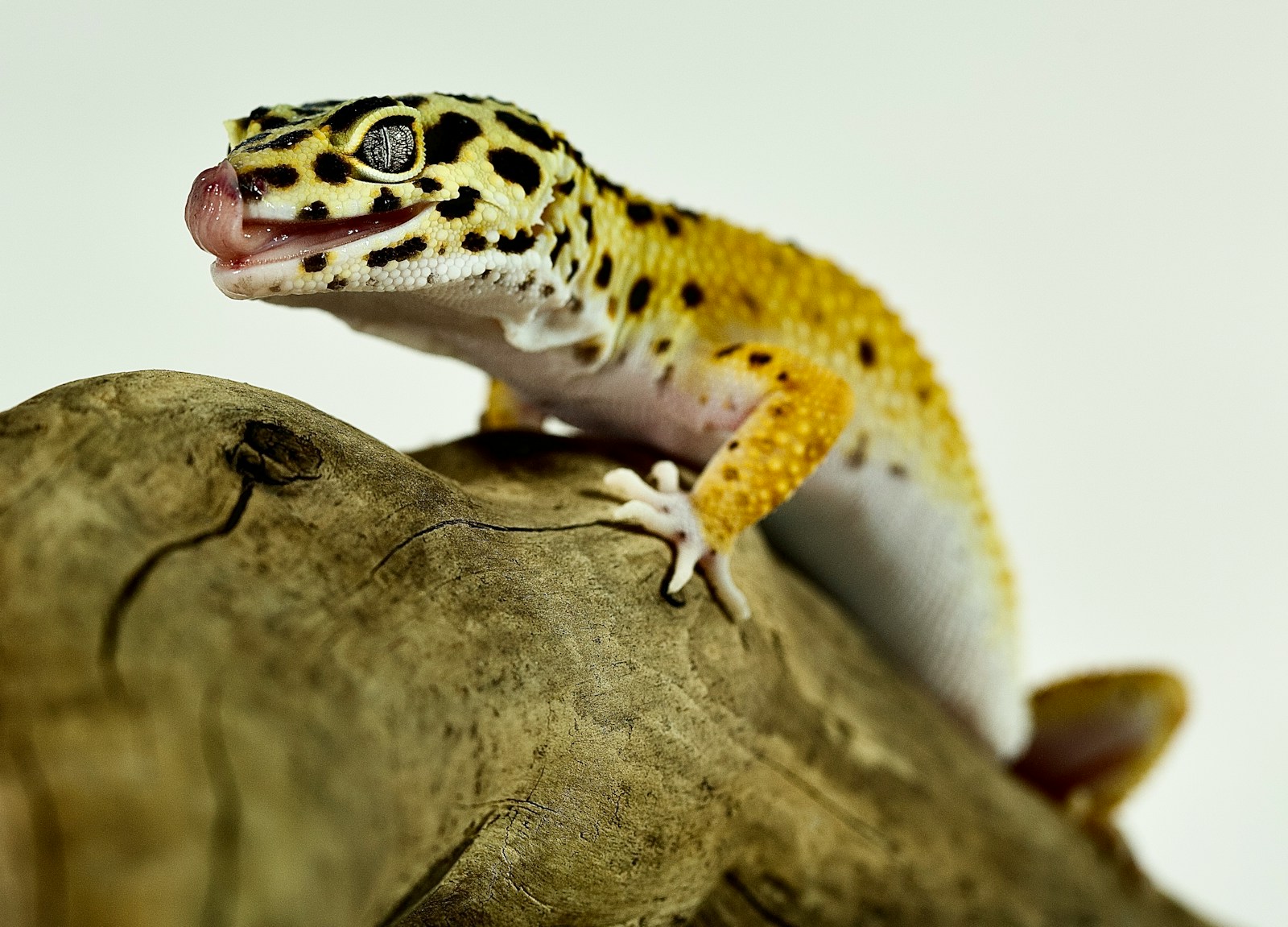

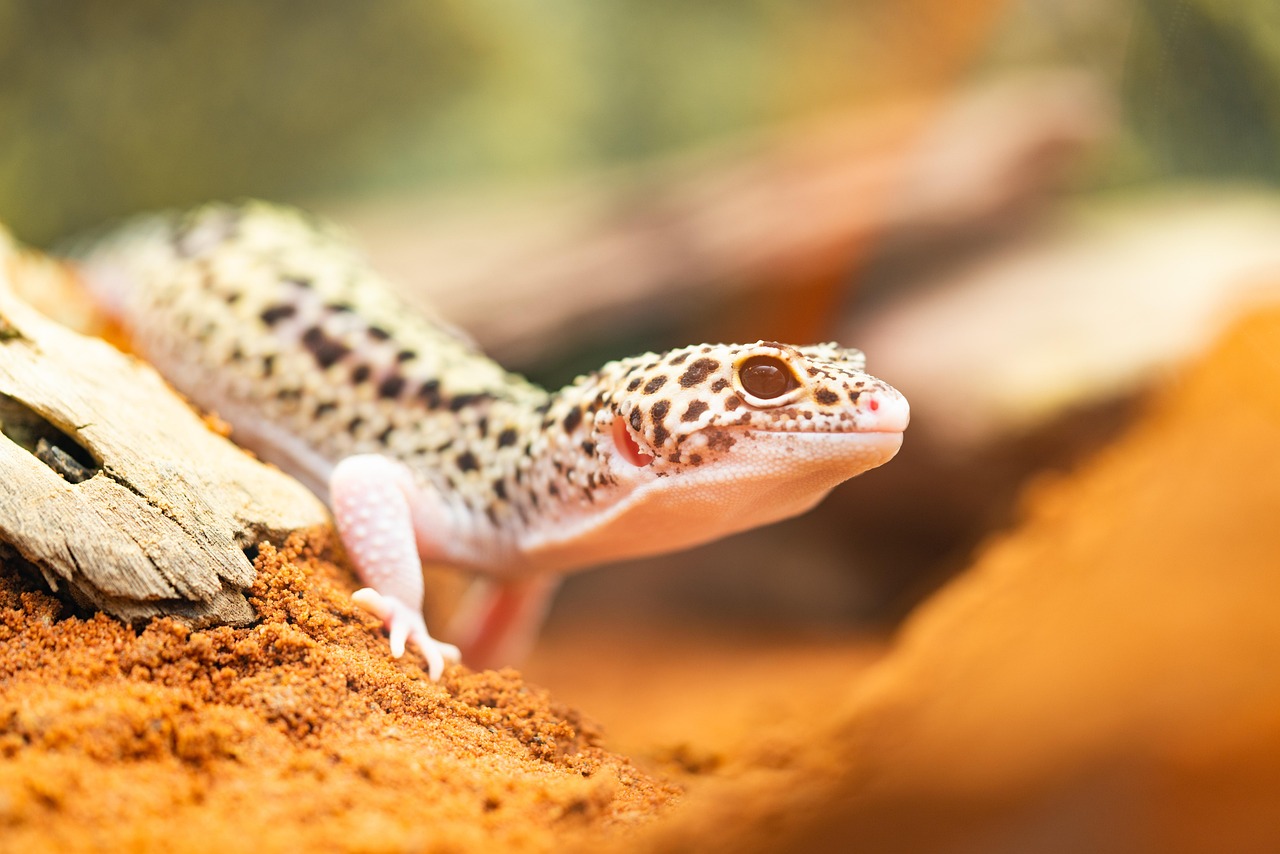
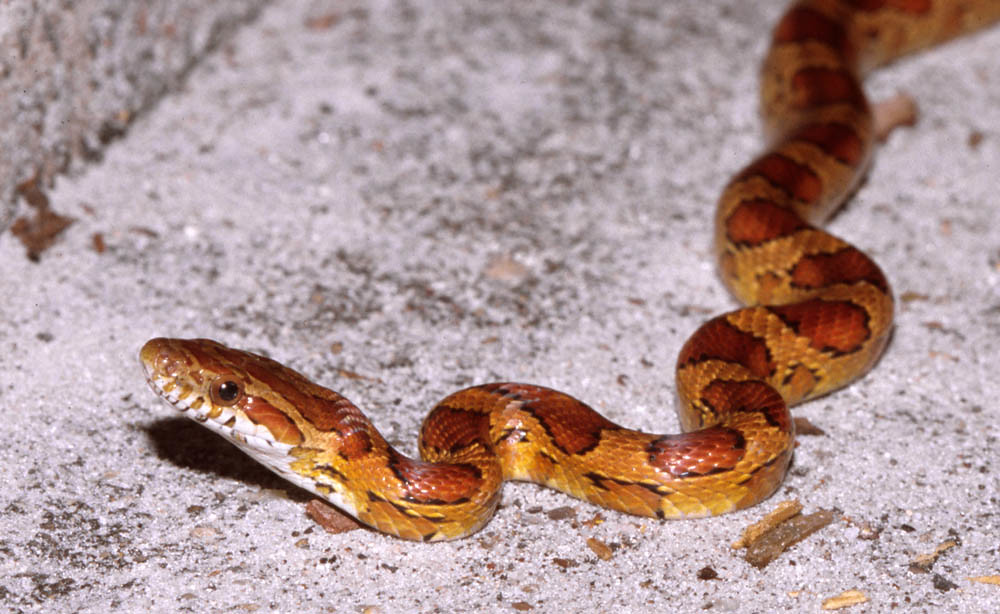
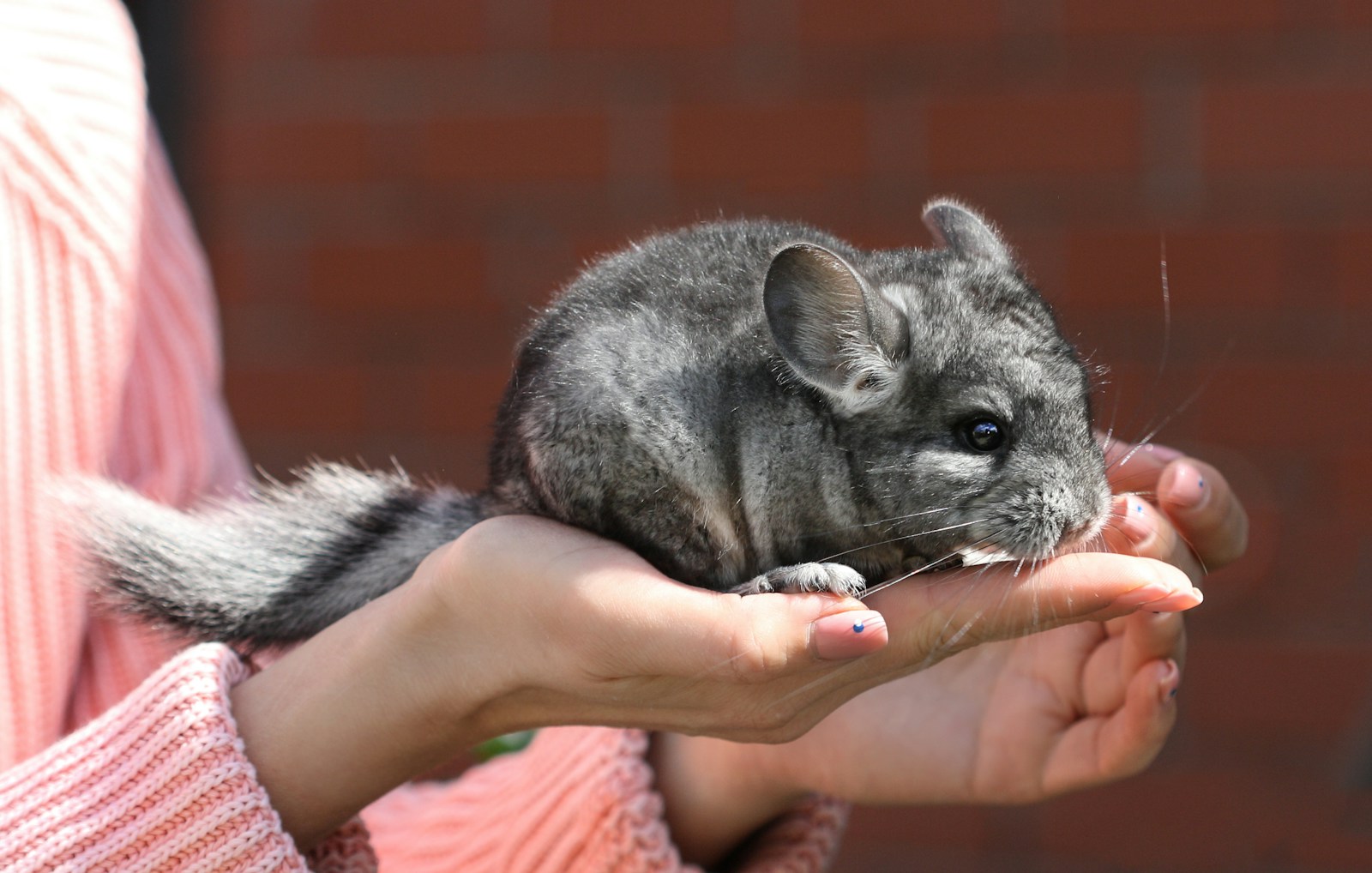

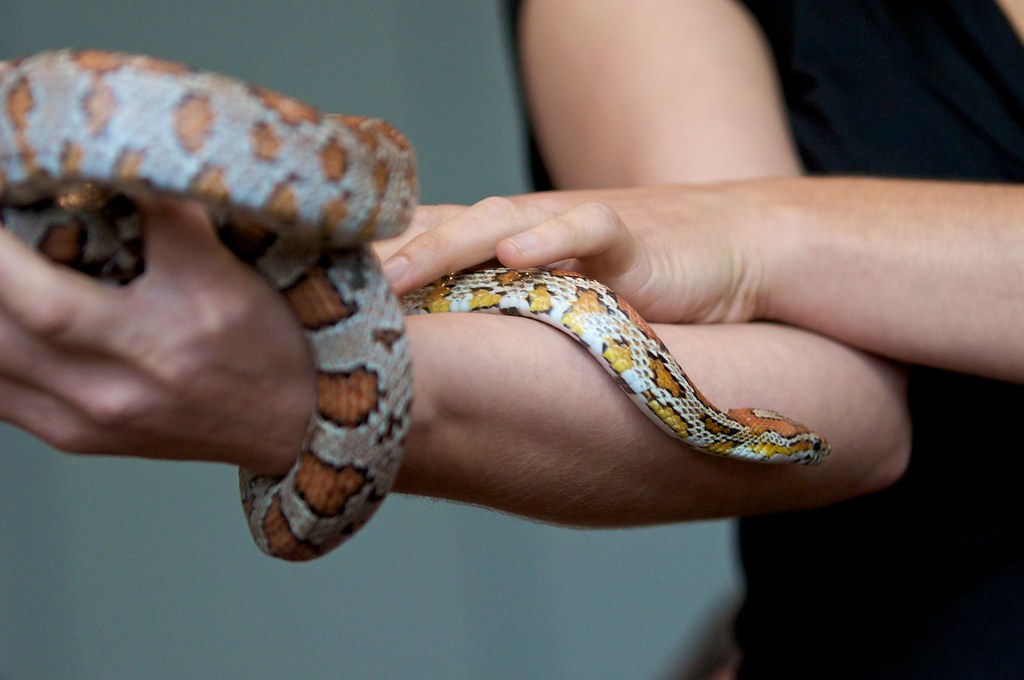
Leave a Reply